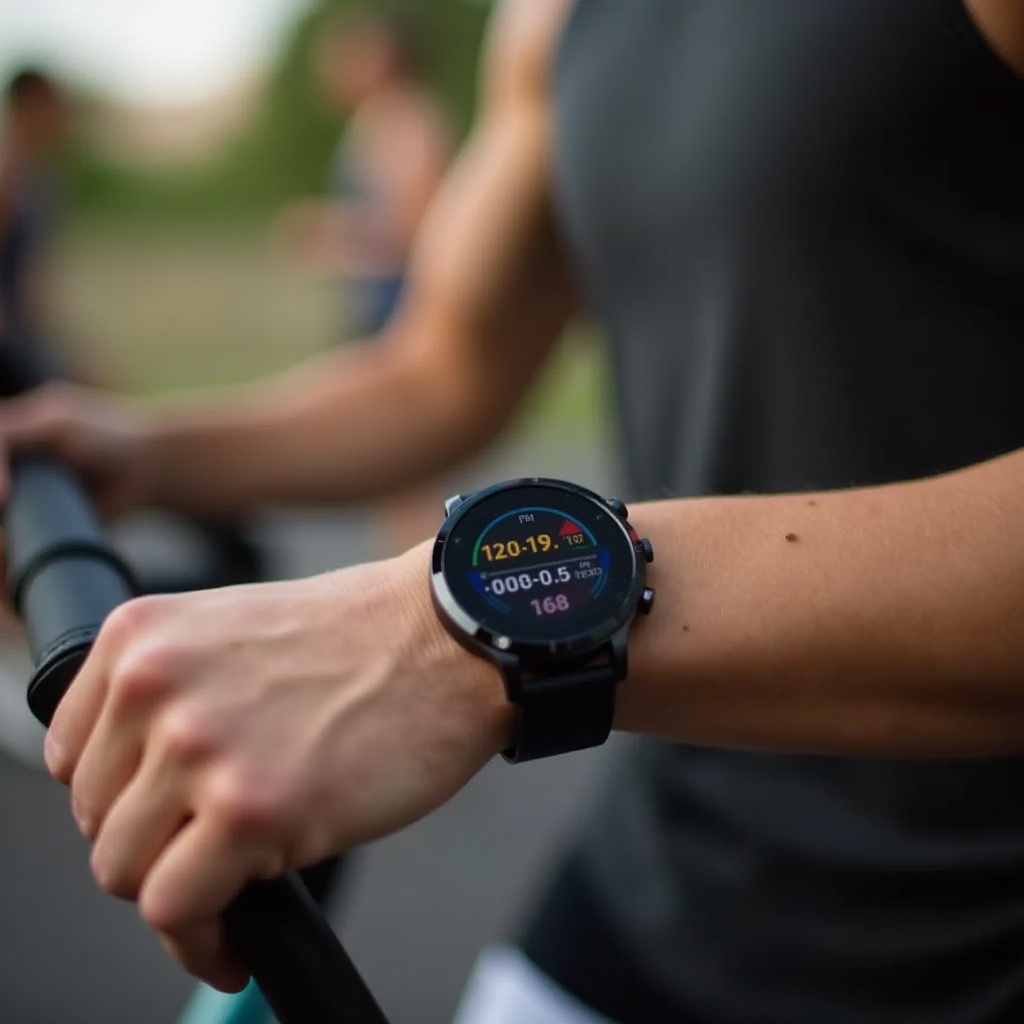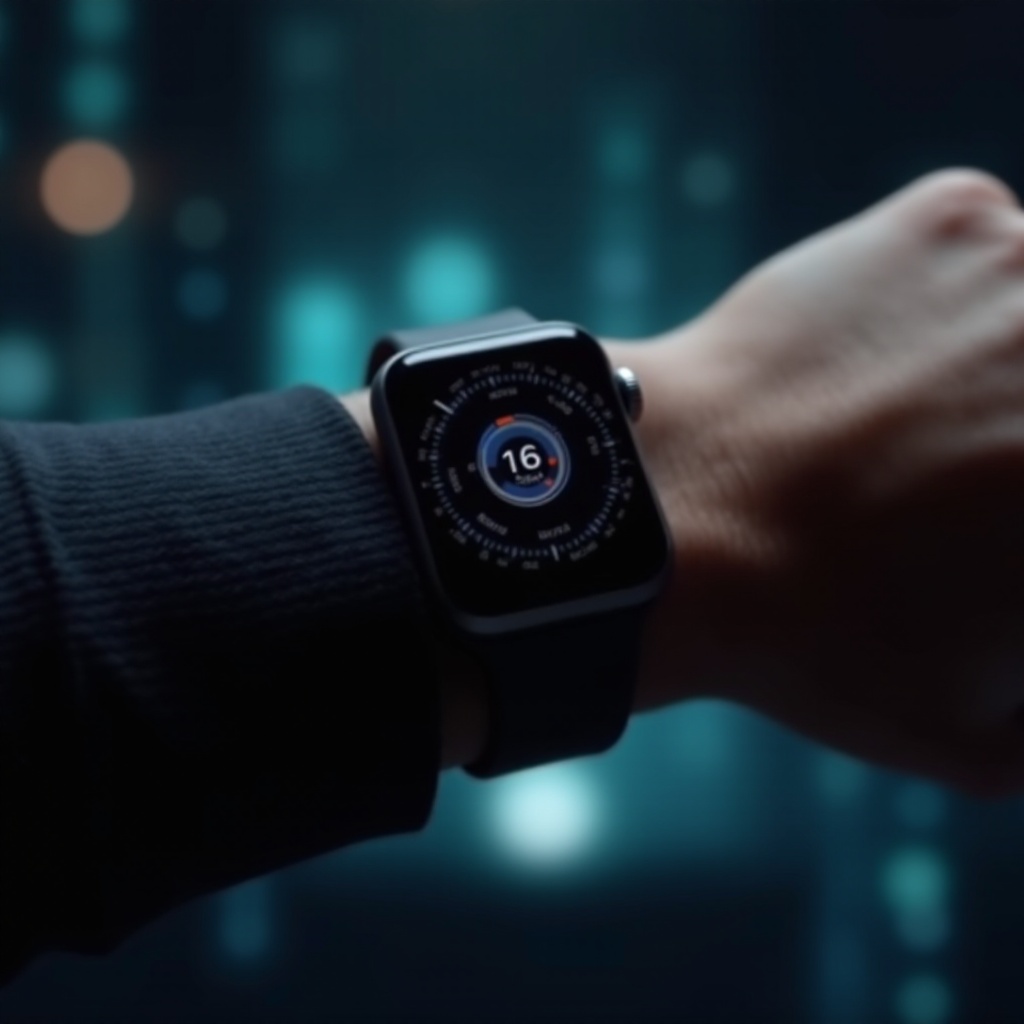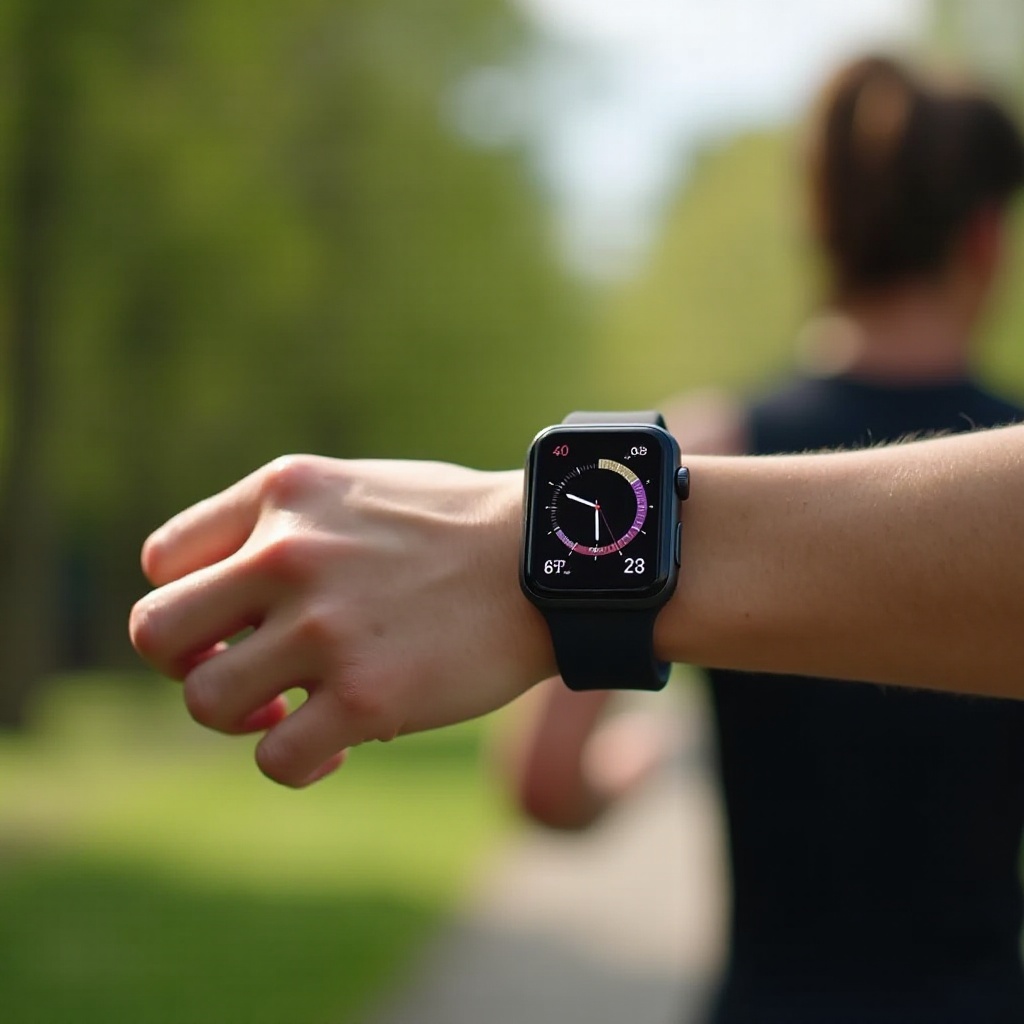Introduction
Smartwatches have revolutionized personal health tracking by providing insights into our daily activities, specifically calorie burn. But how do these devices manage to calculate the calories burnt? This article dives into the fascinating world of calorie measurement technology in smartwatches, detailing the sensors, algorithms, and factors influencing accuracy to help you better understand and utilize your device.

The Technology Behind Calorie Measurement
Sensors and Hardware Used
At the core of a smartwatch’s calorie measurement capabilities lie a multitude of sensors. The primary sensor is the heart rate monitor, which tracks variations in your pulse. Additionally, accelerometers track movement, helping the device determine how active you are. More advanced models might include gyroscopes to further refine movement detection and GPS sensors to provide context for activity levels based on your location.
Data Collection Methods
These sensors continuously collect data as you go about your day. The heart rate monitor, for instance, will periodically check your pulse, creating a comprehensive profile of how your heart rate changes with activity levels. The accelerometer and gyroscope measure changes in motion and orientation. This data collection works in real time, ensuring that the information the smartwatch uses to calculate calories is up-to-date and detailed.

Algorithms and Calculations
Understanding Basal Metabolic Rate (BMR)
Basal Metabolic Rate (BMR) is the number of calories your body needs to maintain basic physiological functions at rest, such as breathing and digestion. Smartwatches estimate your BMR using personal metrics like age, weight, height, and sex. Sophisticated algorithms calculate this daily caloric need, forming the baseline for overall calorie computation.
Combining Activity Data with BMR
To calculate total calorie expenditure, the smartwatch combines your BMR with data gathered from your physical activities. For example, when you exercise, your smartwatch considers increased heart rate, movement intensity, and duration. This dynamic approach allows the device to estimate how many additional calories are burnt during a specific activity, providing a daily total that includes both your BMR and activity-induced burn.

Accuracy of Calorie Counting on Smartwatches
Factors Influencing Accuracy
Several factors impact the accuracy of calorie count. These include the quality of sensors, placement of the smartwatch, and individual biological differences. For example, the tightness of the watch strap can affect the readings from the heart rate monitor, while skin tone and wrist tattoos may interfere with sensor accuracy. Biological variations, such as differing metabolic rates, also affect how precisely the smartwatch can estimate calorie burn.
Comparing Different Brands and Models
Not all smartwatches are created equal. Some brands, like Apple and Garmin, are known for their high-quality sensors and sophisticated algorithms, offering more accurate calorie measurements. Budget models may use less advanced technology, resulting in broader estimations rather than precise readings. Comparing reviews and professional evaluations can provide valuable insights into which models or brands offer the most reliable data.
Maximizing the Accuracy of Your Smartwatch
To ensure your smartwatch provides the most accurate calorie measurements, consider the following best practices:
Best Practices for Users
- Wear the Watch Correctly: Ensure the watch is snug on your wrist but not so tight that it restricts blood flow.
- Regular Calibration: Some smartwatches allow for calibration, where you can perform specific exercises to help your device learn your unique movement patterns.
- Keep Sensors Clean: Dirt and grime can obstruct sensors, leading to inaccurate data collection.
Integrating with Other Fitness Apps
Integrating your smartwatch with other fitness apps can enhance accuracy. These apps often provide a broader context for your activity data, combining inputs from different devices and offering deeper insights. Applications like MyFitnessPal or Strava can sync with your smartwatch, refining your calorie burn estimation through aggregated data analysis.
Conclusion
Smartwatches offer an impressive fusion of hardware sensors and sophisticated algorithms to estimate calorie burn. Understanding how these devices collect and process data can empower you to use them more effectively. Remember, while they provide insightful estimates, combining their data with other resources and best practices can maximize their accuracy.
Frequently Asked Questions
How accurate are smartwatches in measuring calories?
Smartwatches provide relatively accurate estimates, particularly those from high-end brands. However, they are not flawless and can be influenced by various factors, such as wear conditions and biological differences.
Can I rely solely on my smartwatch for calorie count?
While reliable, it’s recommended to use smartwatch data alongside other measurements and apps for a comprehensive understanding of your activity and calorie expenditure.
Do different activities affect calorie measurement accuracy?
Yes, varying activities affect accuracy. High-intensity workouts may be measured differently compared to gradual, consistent exercise like walking. Smartwatches adjust their calculations to account for these variances, but some discrepancies may still exist.

